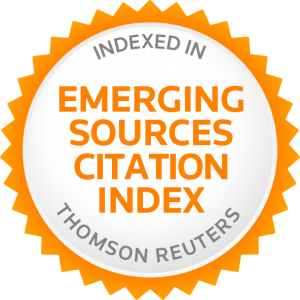CLAUSAL INTEGRATION AND THE EMERGENCE OF MITIGATIVE AND ADHORTATIVE SENTENCE-FINAL PARTICLES IN CHINESE
Foong Ha Yap, Jiao Wang, Charles Tsz-kwan Lam
This paper identifies a number of different pathways that give rise to sentence final particles in Chinese. In particular, it focuses on a strategy referred to as ‘clausal integration’. Diachronic evidence is given for the emergence of sentence final particles er yi yi and ye yi yi in Old Chinese. Additional examples are further provided from Early Modern Chinese and contemporary Chinese to show that the process of clausal integration is a highly robust, recursive process that gives rise to numerous pragmatic markers at the right periphery within the Chinese language, with possible implications for other languages as well.
Key words: clausal integration, sentence final particles, mitigative mood, adhortative mood



